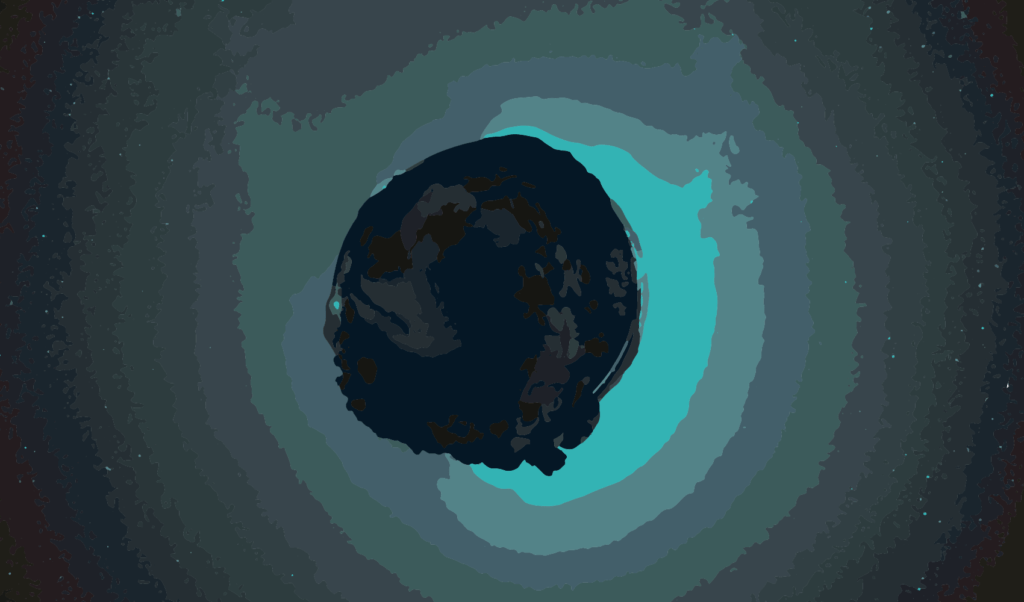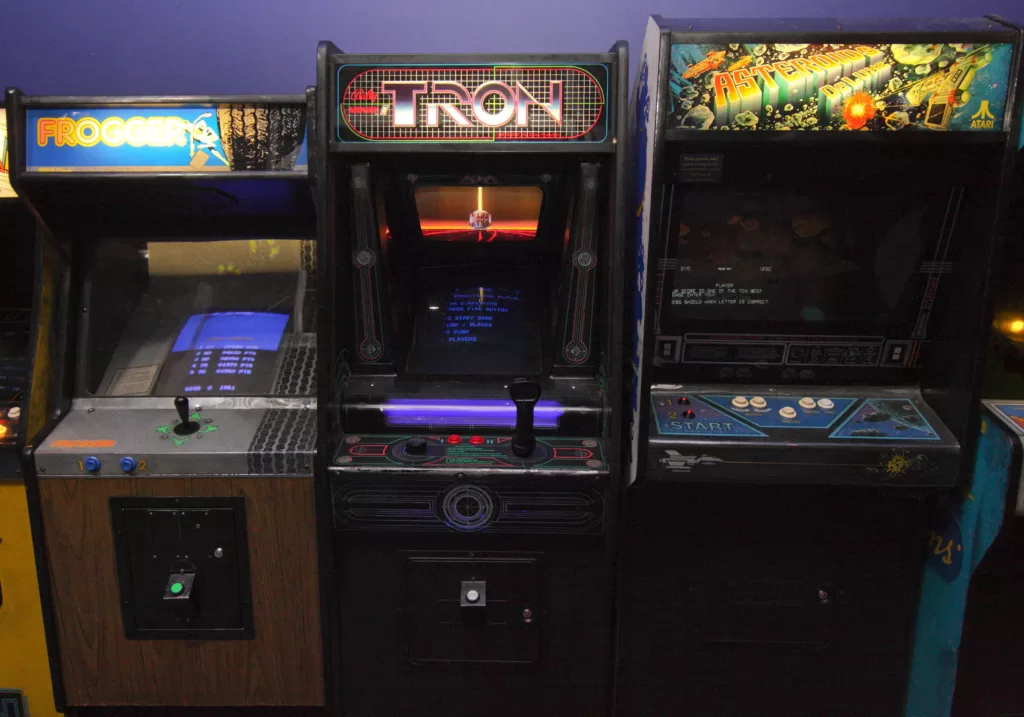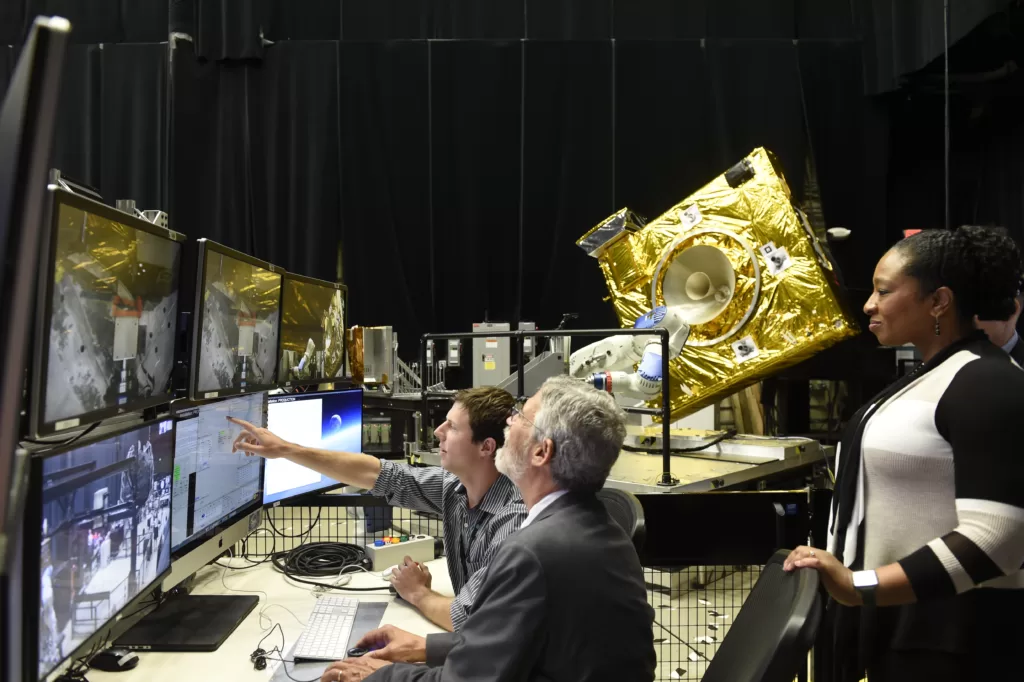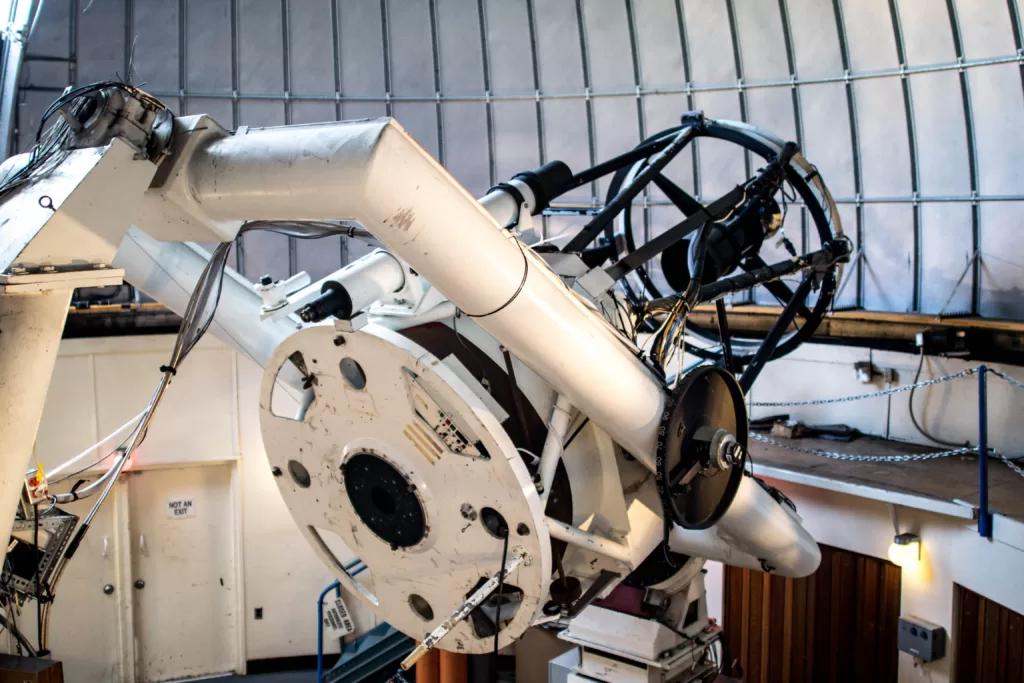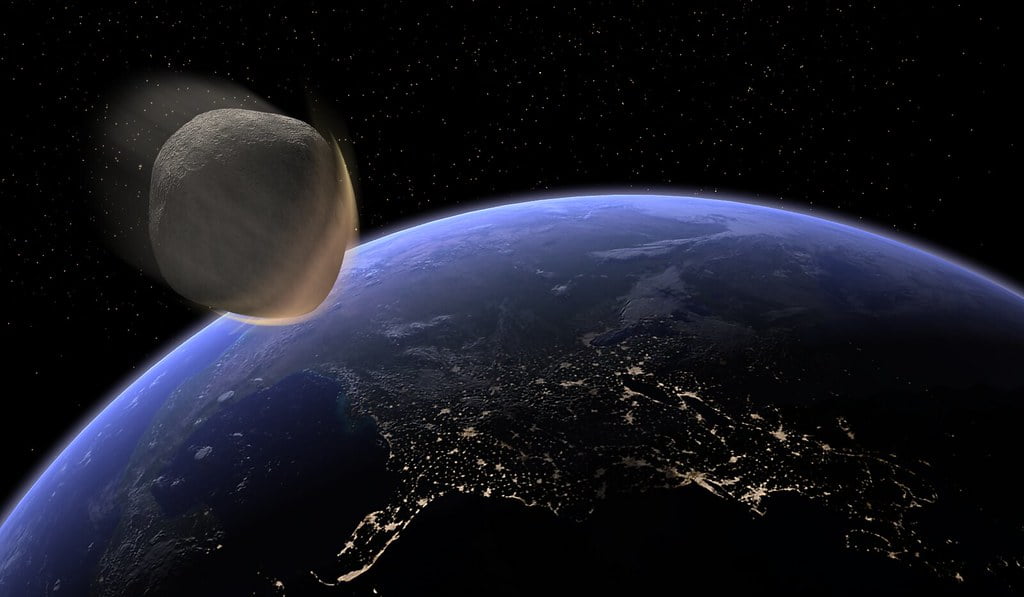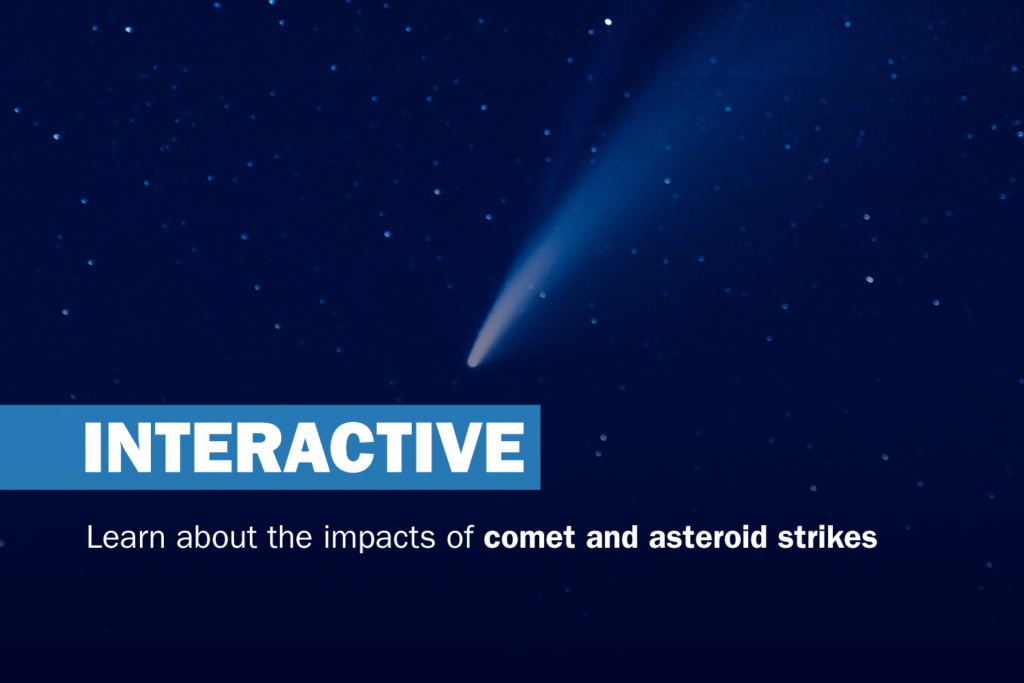A large asteroid or comet on track for Earth would be a global threat. It would require national and international efforts to stop it.
 If we are to counter the threat of a rogue asteroid wreaking havoc on Earth, nations will need to come together for joint planetary defence. : Blender Cycles – Armageddon by NGCHunter2 available at https://www.flickr.com/photos/139439176@N08/30333806713/ CC BY 2.0
If we are to counter the threat of a rogue asteroid wreaking havoc on Earth, nations will need to come together for joint planetary defence. : Blender Cycles – Armageddon by NGCHunter2 available at https://www.flickr.com/photos/139439176@N08/30333806713/ CC BY 2.0
A large asteroid or comet on track for Earth would be a global threat. It would require national and international efforts to stop it.
When a 2-metre-wide asteroid hit Earth’s atmosphere in March, it didn’t come as a complete surprise.
Two hours before asteroid 2022 EB5 made its impact, Krisztián Sarneczky at Hungary’s Piszkéstető observatory reported the small object to the International Astronomical Union’s Minor Planet Center. It was posted and flagged for additional observations. NASA’s ‘Scout’ impact assessment system automatically took those observations and calculated the trajectory, giving a possible impact location: from Western Greenland to off the coast of Norway.
The range was broad, but it was based only on 14 observations, taken over 40 minutes, from one observatory.
Tracking asteroids and comets is a global process that includes people, organisations and state-funded efforts worldwide. Although it can be improved, it works. If only half of those with vested interests in space invested resources in developing object-mitigation techniques, our chances of protecting the planet against cosmic threats would improve dramatically.
Asteroids and comets often cross paths with Earth’s orbit. The big ones do not hit Earth very often. But they do hit. And when they do, they can cause serious damage.
There are more than 25,000 near-Earth asteroids at least 140 metres across, estimates say. We have mapped only about 40 percent of them. Objects just 40 metres across or bigger pose a significant threat to Earth.
Finding hazardous near-Earth objects is the first step in our planetary defence. The other three steps are tracking them, characterising them, and reducing or eliminating the threat they pose. Global cooperation and national efforts are essential at all four stages.
Finding
Ground and space telescopes track bodies moving in the sky relative to background stars. We have found 117 near-Earth comets and 29,248 near-Earth asteroids, of which 10,098 are larger than 140 metres across and 852 are larger than 1 kilometre.
More than 95 percent of these objects were discovered by US NASA-funded surveys, primarily using ground-based telescopes, such as ATLAS in Hawaii and Catalina in Arizona. The European Space Agency’s FlyEye telescope, Japan’s Kiso Schmidt Telescope, China’s Purple Mountain Observatory and Hungary’s Piszkéstető Observatory have also contributed, as have nonprofit organisations: the B612 Foundation has discovered more than 100 asteroids.
Tracking
Once a near-Earth object is found, its trajectory is tracked to see if it is on a collision course with Earth. Many observations need to be taken over days, weeks and months using ground or space telescopes, and radars if objects are closer.
Individuals, organisations and state-funded efforts worldwide assist with tracking. Observations and measurements are submitted to the International Astronomical Union Minor Planet Centre (IAU MPC), which hosts them on public web pages for other observers to access. NASA’s Jet Propulsion Laboratory (JPL) and Italy’s NEODyS run simulations of submitted coordinates and model projected orbits to see if any will hit Earth. All results are available on the IAU MPC website.
Characterising
We need to know the specific characteristics of asteroids and comets before we devise a deflection method. Asteroids are rocky or metallic and come in various sizes, shapes, compositions, spin rates and densities – they can be ‘fluffballs’ (loosely held-together dust and rock), rubble piles or solid metal.
Comets are icy, dusty small bodies formed in the outer solar system far beyond the orbit of Neptune, where ice is stable. Comets only impact Earth about 1 percent as often as asteroids, which is why planetary defence focuses mainly on asteroids.
Spectroscopy analysis, light curves, infrared telescopes and radars are some of the techniques scientists use to learn more about objects’ physical attributes and chemical composition. Ground and space-based remote observations can also teach us a lot about an asteroid’s chemical and physical properties.
But the best way to learn more about an object is to send a spacecraft. In 2005, Japan’s Hayabusa 1 mission extracted dirt samples from the asteroid Itokawa; its successor, Hayabusa 2 mission, brought back samples from asteroid Ryugu in 2020. NASA’s Osiris-Rex extracted samples from the asteroid Bennu in 2020.
Mitigating
If an asteroid or comet were found to be on a collision course with Earth, we could either destroy it or deflect it. Deflection techniques include pushing it aside with a spacecraft (kinetic impact), pulling it off-course using the gravity of a spacecraft, and using a laser or a nuclear blast to vaporise or destroy part of the object and so change its trajectory.
NASA’s Double Asteroid Redirection Test (DART) is the world’s first full-scale kinetic impactor mission. The DART spacecraft aims to crash into the moonlet Dimorphos of the double asteroid Didymos and steer it off course. For this and follow-up missions, NASA will work with several domestic agencies and international partners, including the European Space Agency, the Italian Space Agency and Japan’s space agency, JAXA.
In 2013, the International Asteroid Warning Network (IAWN) and the international Space Mission Planning Advisory Group (SMPAG) were established. IAWN keeps records of all near-Earth object observations collected from observatories worldwide and facilitates the dissemination of the information to member states. SMPAG promotes opportunities for international collaboration and research on deflection technology and techniques.
To improve the chances of success, the planetary-defence infrastructure needs more funding and more object-detection, -characterisation and -mitigation missions. Countries need to continue to develop and test various mitigation techniques, while international entities focus on consolidating and expanding object information hosting and sharing.
The US has several projects to improve our planetary defence odds. In terms of finding and tracking NEOs, in 2026 NASA plans to launch NEO Surveyor, a space-based infrared telescope that will scan the solar system for potentially hazardous objects. In terms of characterising NEOs, the US is planning two asteroid missions. The first, in 2023, will launch the Osiris-Apex spacecraft to study the asteroid Apophis, which is expected to brush Earth in 2029. A second mission to the metal-rich asteroid Psyche will take off in 2023 or 2024.
In 2024 NASA and international partners will launch the Hera mission to follow up on DART.
China recently announced it would develop a planetary defence system. It will conduct its first asteroid-deflection test in 2025 or 2026 (although it is unclear what method it will use) and will employ radars and ground and space-based telescopes to improve its object tracking, monitoring and impact-assessment capabilities.
A variety of asteroids and comets may threaten Earth, so a variety of ideas and missions need to be tested. This can only be done at national levels, for two main reasons. First, techniques can be developed and tested without involving multiple actors and complex international decision-making.
Second, because they are sovereign and willing to invest resources, and have their own unique approaches, nations can develop and test novel methods. Such methods are needed because deflection missions must be tailored to the physical and chemical particularities of a threatening object.
Of the 193 UN member states, 75 have governmental space agencies and a dozen others operate satellites. Many other private organisations have vested interests in space and could invest resources in developing object-mitigation techniques. Space is hostile and uncertain, so the more options we have, the higher our chances of success.
International institutions need to ensure all parties have access to current, transparent and comprehensive near-Earth object information. This should help decrease mistrust among states in the area of planetary defence. International bodies such as IAWN, SMPAG and IAU MPC are well placed to house and disseminate NEO observational and measurement data. Such information is critical in mounting a successful planetary defence, which would require a global effort. No state could do it alone.
International and national efforts contribute to planetary defence in unique ways. Together, they increase our chances of survival if a near-Earth object should threaten our planet.
Svetla Ben-Itzhak, PhD, is Assistant Professor at West Space Seminar, Air University, US Air Force, Alabama. She can be reached at svetla.ben-itzhak@au.af.edu and declares no conflict of interest in relation to the above article.
The views expressed are those of the author and do not reflect the official position of the US Department of Defence or of any organisation the author is affiliated with, including the Air University, the US Air Force and the US Space Force.
Originally published under Creative Commons by 360info™.
Editors Note: In the story “Deflecting asteroids” sent at: 28/06/2022 12:19.
This is a corrected repeat.


